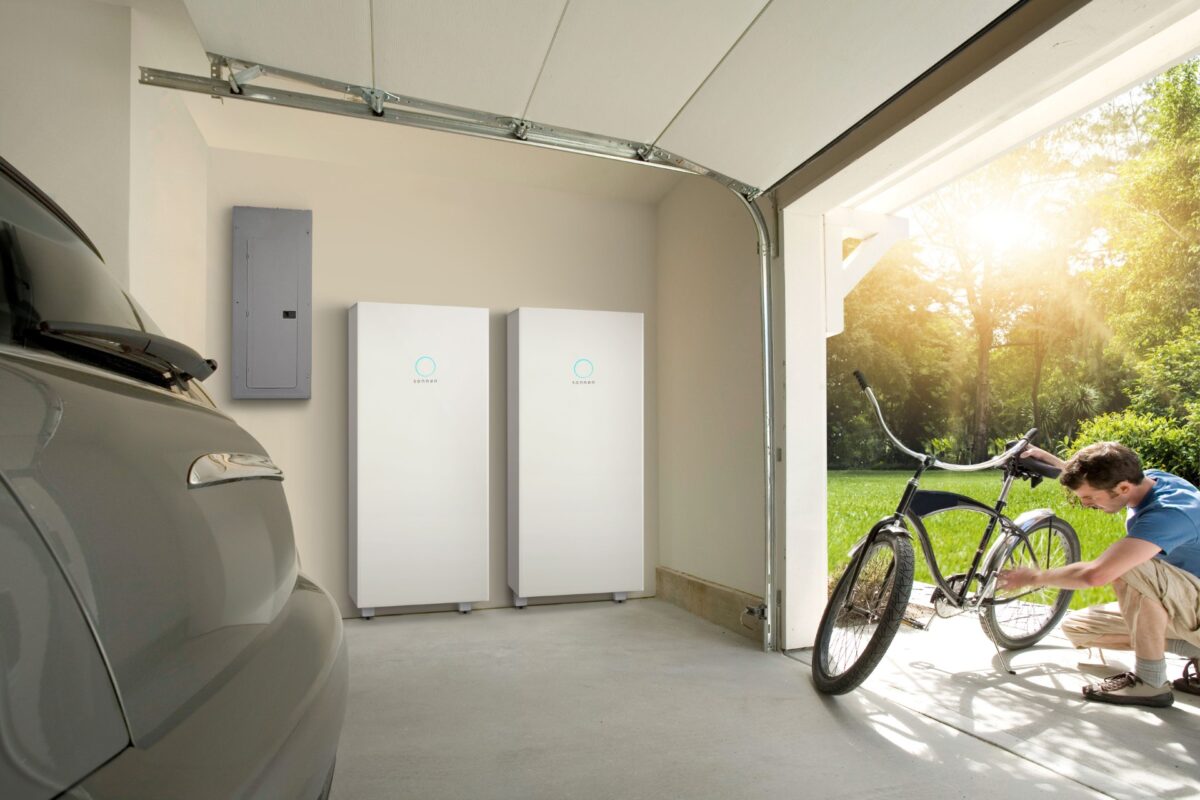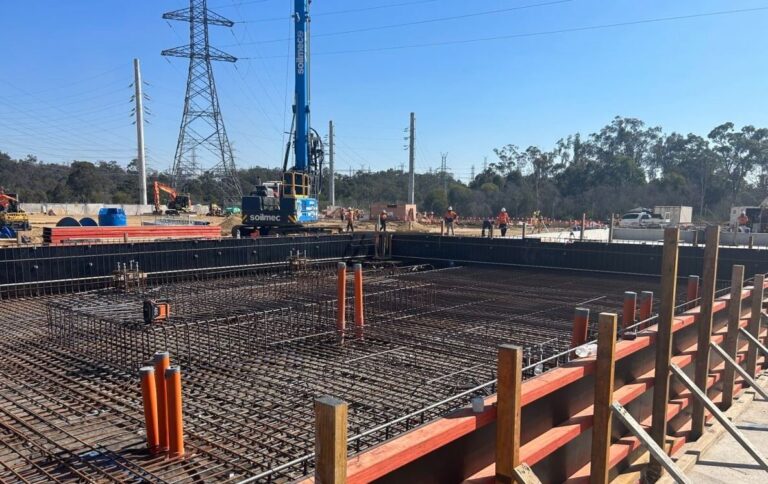Australia has cemented itself as the world’s fourth largest market for large-scale batteries, with new data from research consultancy Rystad Energy showing that almost 3GW/8GWh of battery energy storage projects have started construction in the first seven months of 2024.
Rystad Energy said developers have started building more than 2.8 GW of new battery energy storage capacity in Australia since the start of the year, laying the foundation for what will be another record year of new battery installations at large dish.
Construction of a record 4GW/10GWh of grid-scale battery energy storage projects began across Australia in 2023, but that figure will almost certainly be eclipsed this year.
“Just over halfway through the year, utility battery installations are on track to catch up with the breakthrough year of 2023,” said David Dixon, vice president of Rystad’s renewables and energy team. “With five months left of the year, it is possible that Australia could exceed 5GW of capacity when construction starts this year.”
Dixon said Australia is now the world’s fourth largest market for large-scale batteries, with almost 9GW of utility batteries under construction or in use. Mainland China, with 57 GW under construction or operating, continues to set the pace ahead of the United States (34 GW) and the United Kingdom (12 GW).
New South Wales (NSW), Queensland and Western Australia dominate construction activity in Australia, with 80% of new capacity located in those states and more projects about to enter the construction phase.
One of the projects that will soon join the construction pipeline is the second phase of the Eraring battery is being built by Origin in the NSW Hunter Valley. The $450 million project, announced last week, will add 240 MW and more than four hours of storage (1,030 MWh) to the first phase. The first phase, currently under construction, includes a battery with a capacity of 460 MW and just over two hours (1,073 MWh) of storage.
The second phase will increase the facility’s total capacity to 700 MW/2,103 MWh and will be online in the March 2027 quarter. The first phase is expected to be commercially operational by the end of 2025.
Dixon said the Eraring project continues the trend of longer storage life for utility batteries in Australia.
“Four hours is now the new two hours,” he said, noting that before 2023, batteries typically had a duration of two hours or less, with an emphasis on network services such as frequency control and network contracts rather than time-shifting renewables.
Dixon also noted that battery costs have fallen significantly over the past 12 months, pointing out that the project cost of approximately AUD437 ($283) per kWh for the Eraring battery is “the cheapest we have seen in the Australian market.”
The Eraring project benefits from a mobilized engineering, procurement and construction contract, an approved site and an available substation, but Dixon said the project costs reflect a decrease in battery storage project costs.
“It does reflect the fall in prices for large-scale batteries over the past 12 months, with investment in greenfield projects expected to be close to or below $600 per kWh depending on size and hours of storage,” he said.
Rystad’s latest estimate of utility battery capital expenditure in Australia is AUD 480/kWh for a four-hour battery, and AUD 590/kWh for a two-hour battery.
This content is copyrighted and may not be reused. If you would like to collaborate with us and reuse some of our content, please contact: editors@pv-magazine.com.
Popular content



